Your cart is empty
Keep ShoppingJade divers in the USA pull up deep blacks and subtle blues most commonly in ‘Jade Cove’
American nephrite jade has a similiar geology to jade found in British Columbia in that it's formed near shist deposits and has alliuvial floats, or deposits that are pulled from the earth by streams, rivers, and floodwaters. It is however a much smaller source than in Canada and only extends south into the Pacific United States.
Beck states that nephrite has been found at several locations through the United States, including Washington State; specifically Puget Sound and the Darrington area for alluvial float, and Mt Higgins as the main in situ deposit. California also has varieties of jade which are extremely unique. The most unique jade specimens have a blueish hue which we haven't seen in any other variety of jade other than New Zealand inanga. It is definitely a unique charasteric of the American material.
Much of the jade in the United States is allivial float, meaning it floats down waterways toward the sea ultimately washing out and depositing along beach coastlines. As a result, many Californian jade hunters scour beaches and dive for larger specimens of jade.
Diving for jade is most common in the Big Sur area where air bags are used to float larger boulders to the surface. Beck speaks of a diver named Don Webber who found a large underwater sea cave that was lined with smooth green jade. The specimens he obtained range from small pebbles to large boulders weighing a few tonnes, the largest of which is now on permanent display at the Oakland Museum.
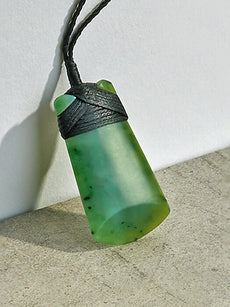
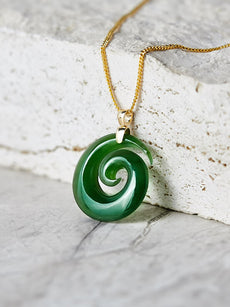
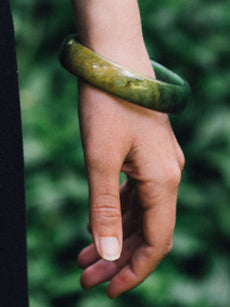
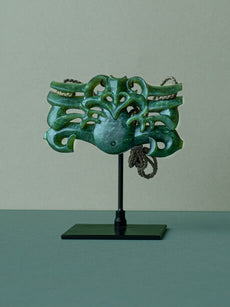
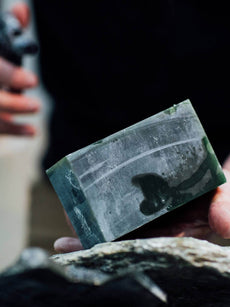




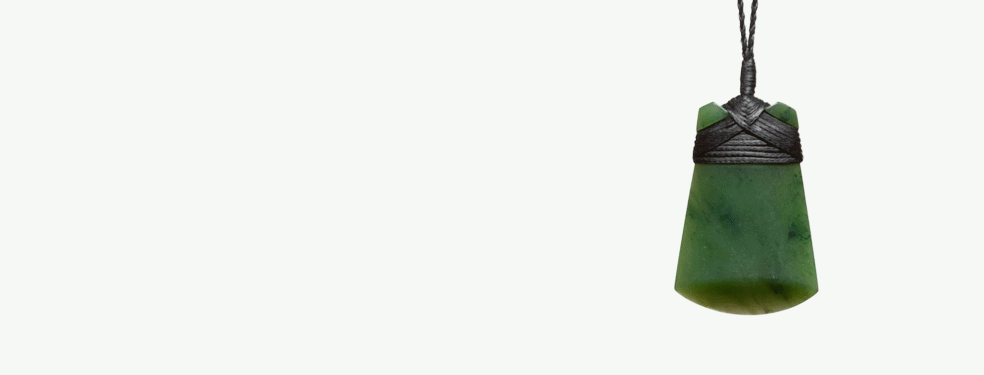
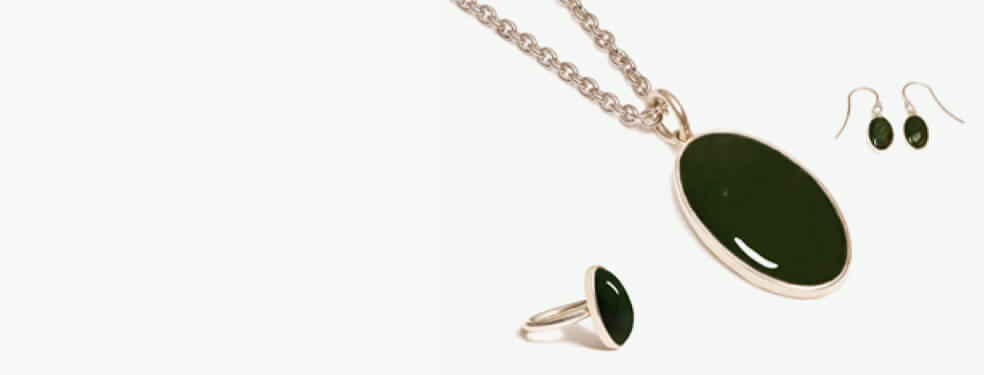

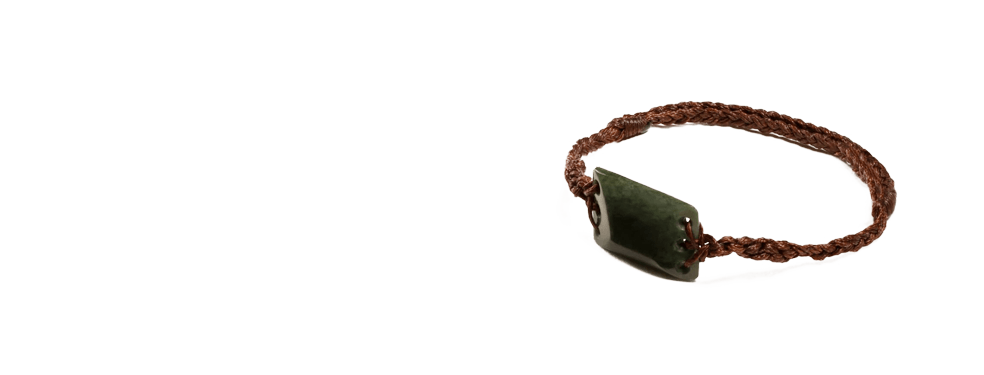
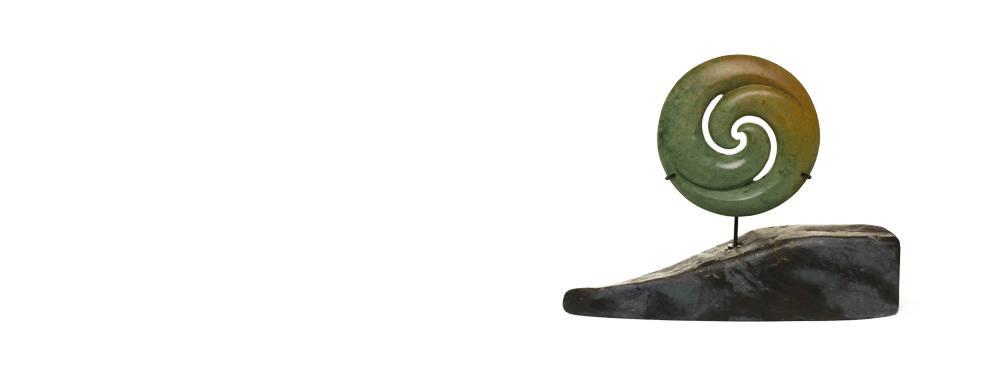
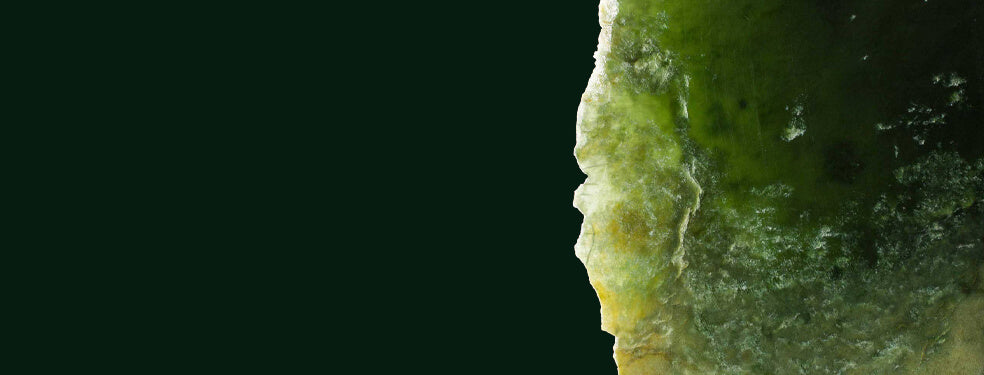
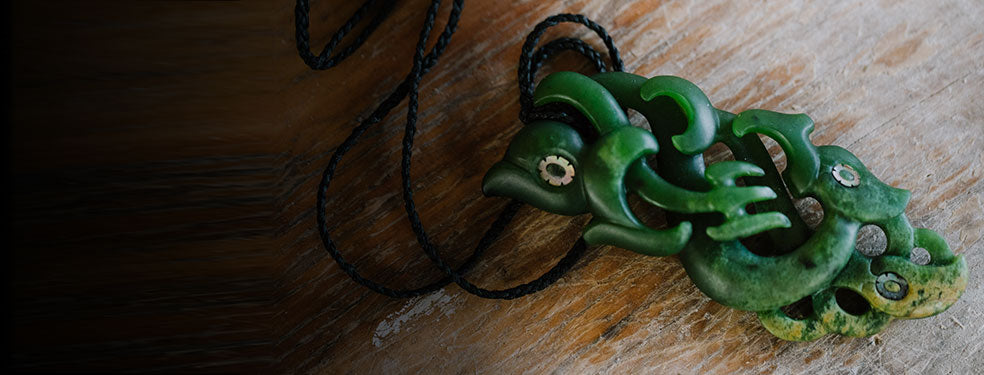



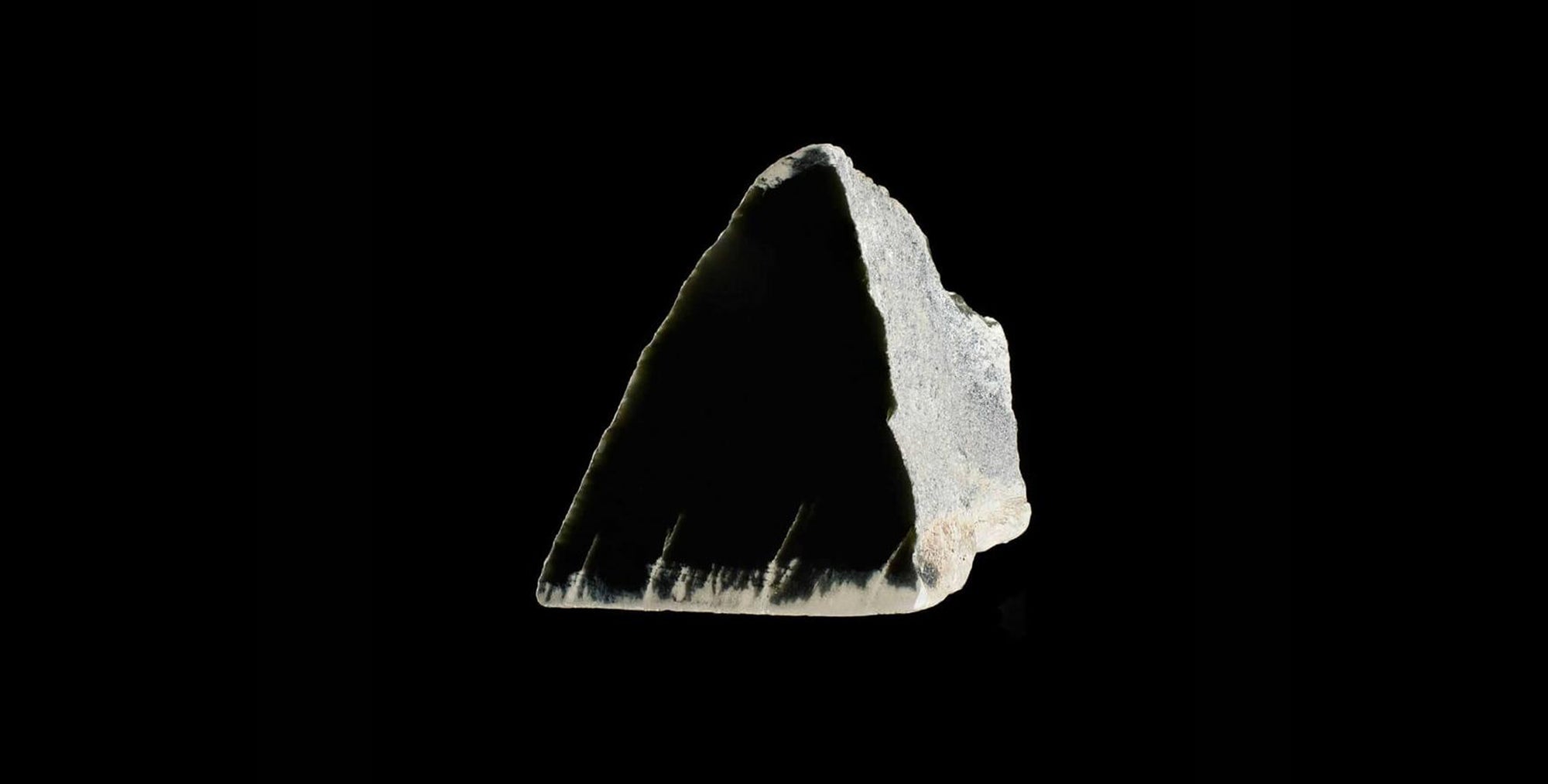
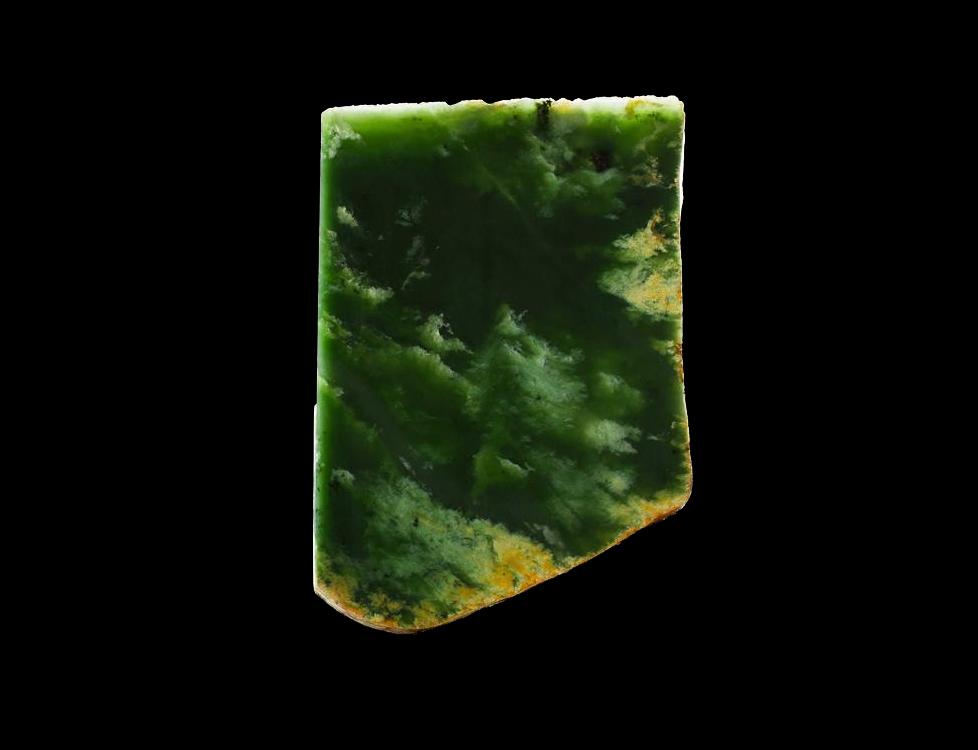
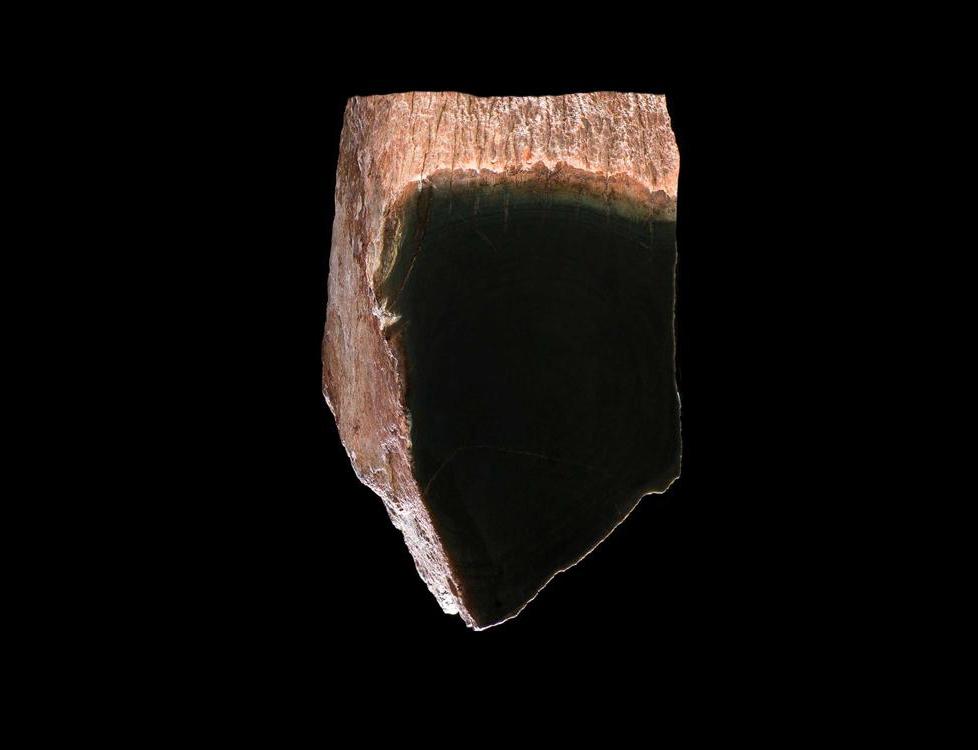
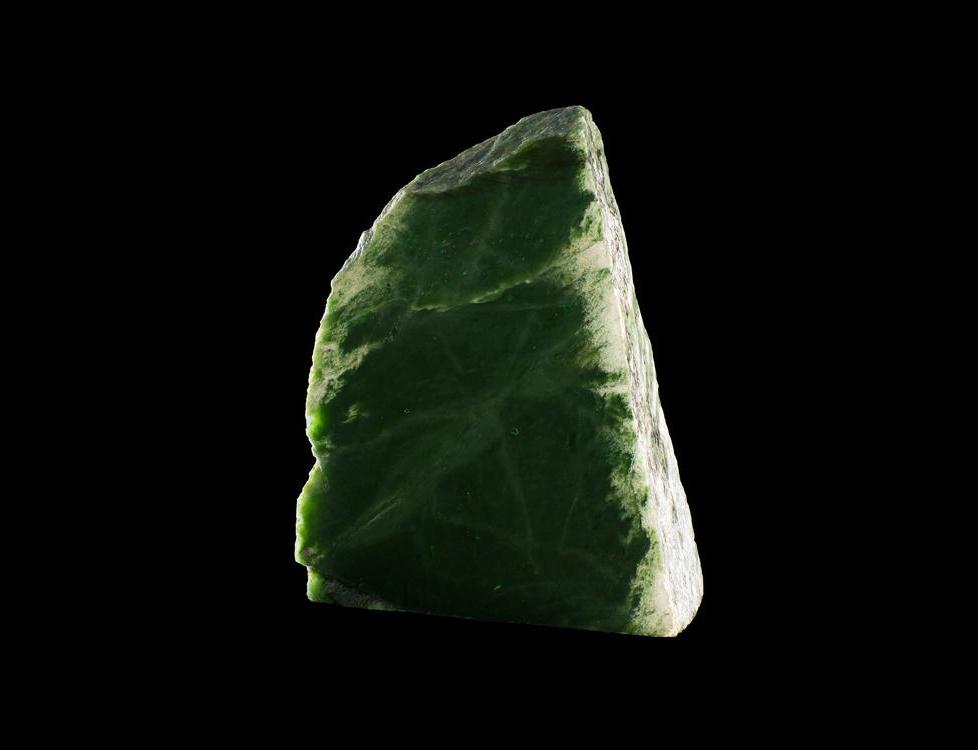
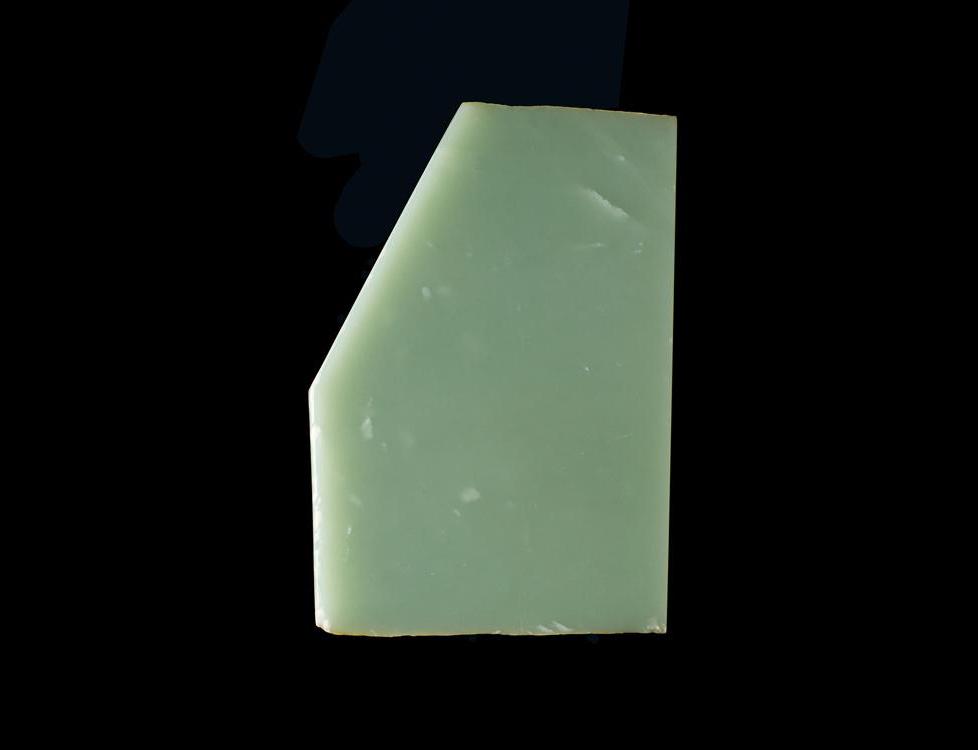
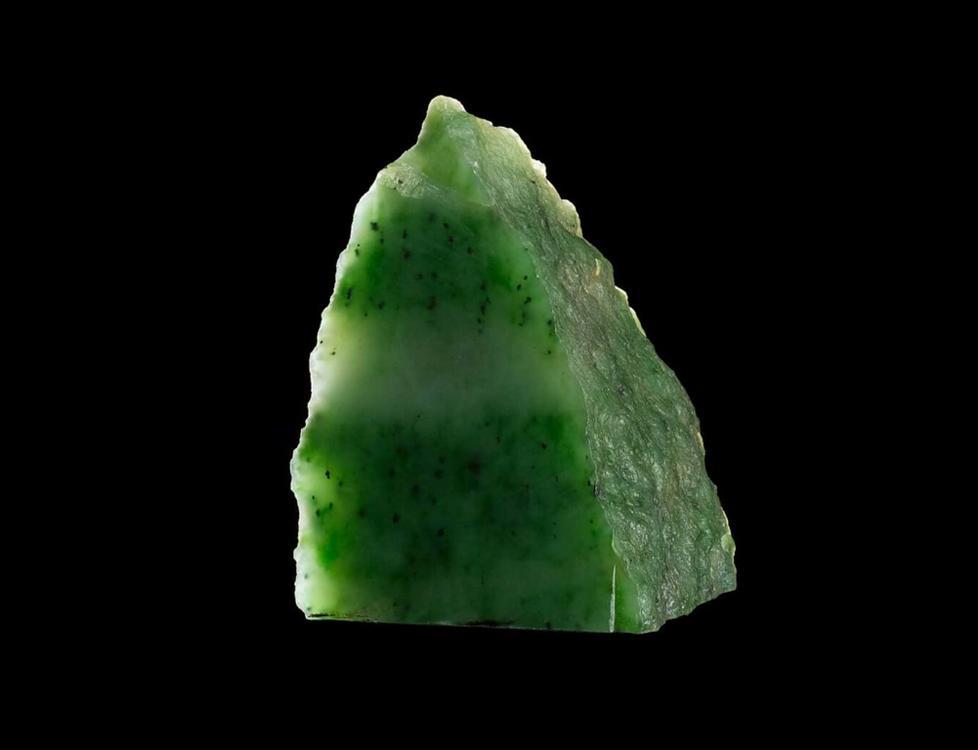
Follow Us
Stay in the know on new releases, special offers, and more.